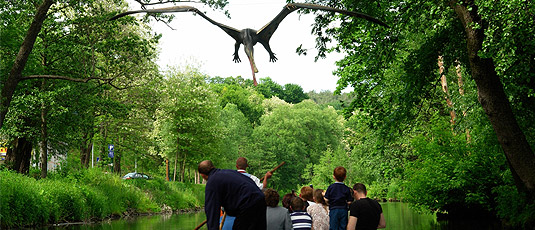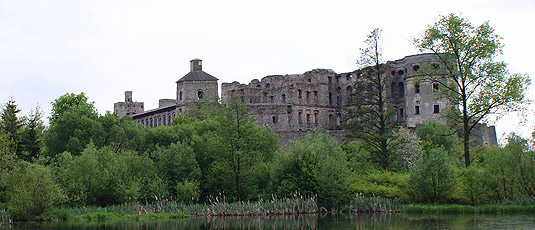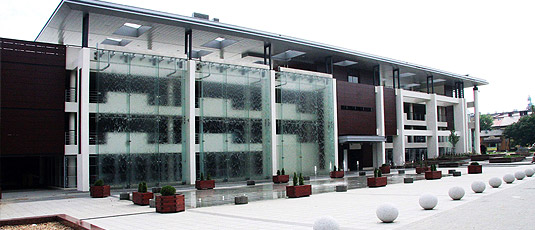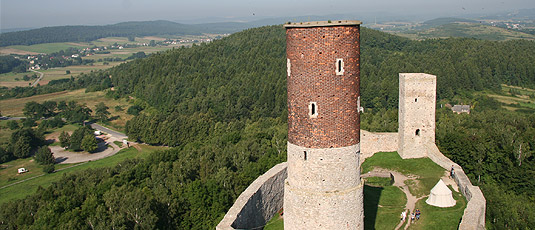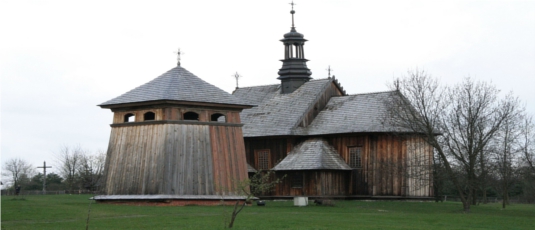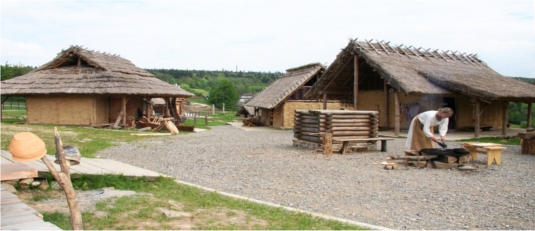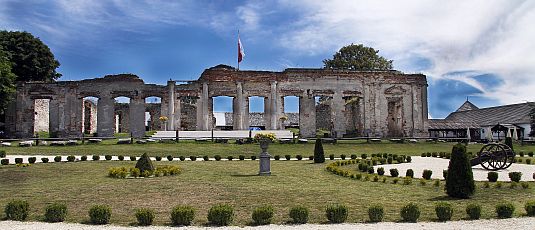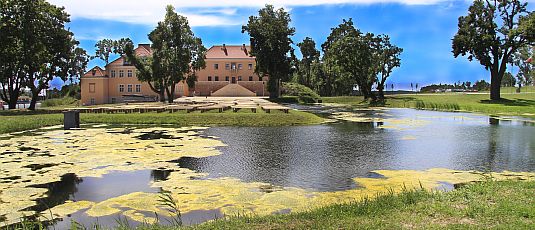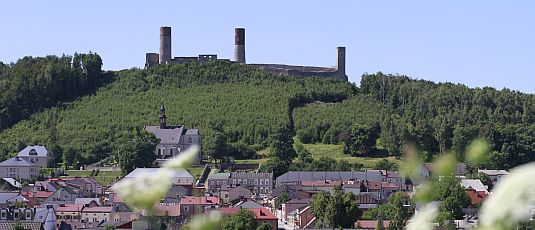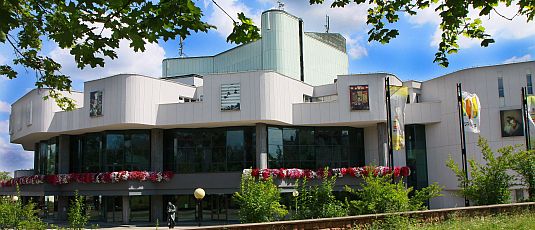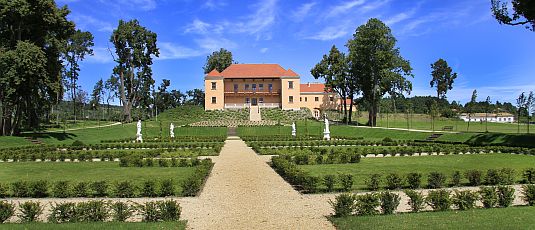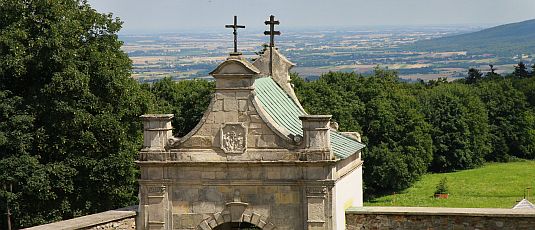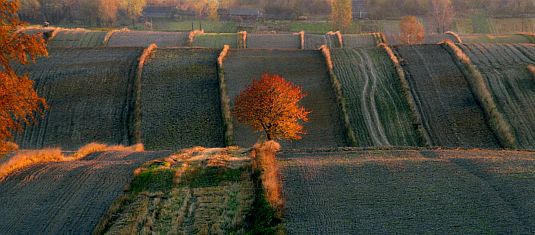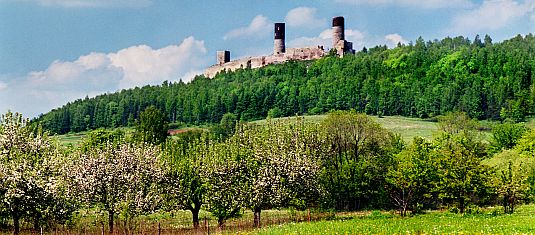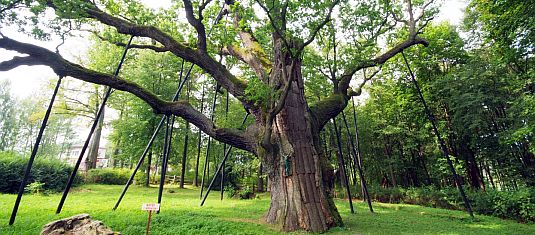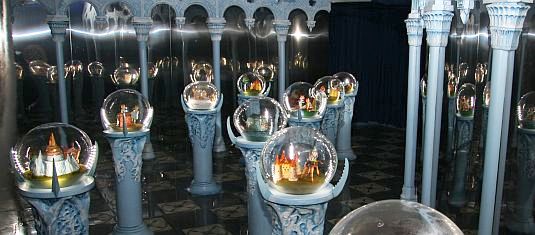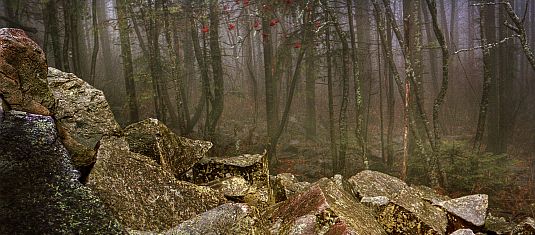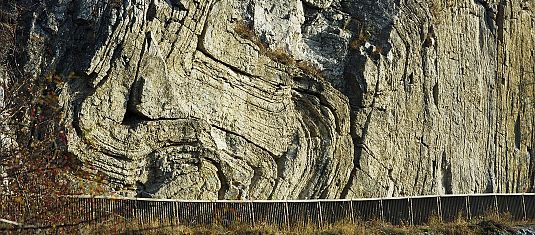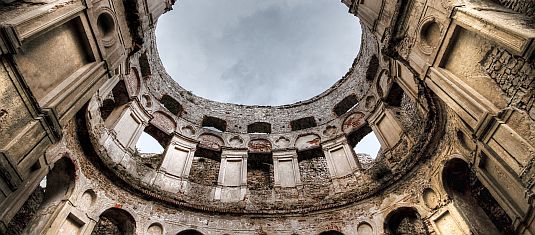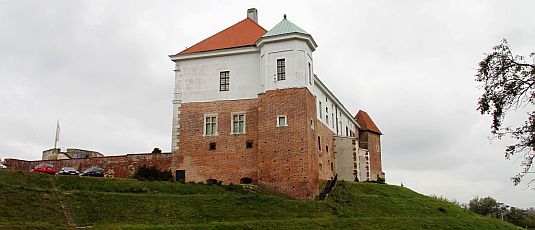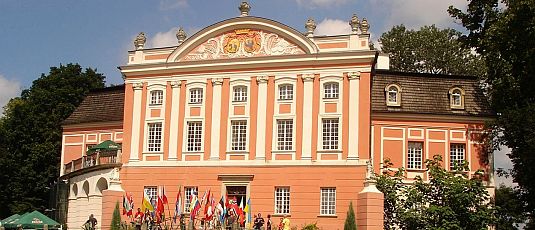The Golden Wood Hermitage is a place where time seems to have stopped. Situated among the beautiful sites of the Świętokrzyskie Mountains, it is a haven for contemplation, reflection and calming. Here, you can stop for a while to reload, distance yourself from the earthly matters and simply enjoy the moment. Therefore, another name of the place is: “The Golden Wood Hermitage” Relaxation and Contemplation Therapeutic Centre. A post-Camaldolese monastery, where the centre is located, has been existent since 1617 - when the general chapter of the Camaldolese Order approved the idea of its foundation, proposed by the Cracow voivod Magnus Tęczyński and his brother Gabriel Tęczyński, the voivod of Lublin. In 1624, after finishing the formal procedures, the Cracow bishop Marcin Szyszkowski put a foundation-stone of the monastic complex.
Today, the post-Camaldolese monastery is a haven for those who crave for quiet and relaxation
After 400 years, the monastery gained a new function. The centre which resides here offers recreation based on the Camaldolese doctrines, i.e. the three basic principles of silence, solitude and contemplation. The silence rule is an element of the therapy named Spes (Salus Per Silentium – health through silence). It is advisable especially for those who feel weary of the civilisation stress connected with the everyday pursuit after material matters and want to regain the positive energy. Every guest has an individual programme of his or her therapy prepared by psychologists and instructors which involves, e.g. kinesiotherapy, ergotherapy or art-therapy. During the stay one can also get acquainted with the rich, mysterious history of the Camaldolese Order and the monastery in Rytwiany. What is more, the complex includes the Church of the Blessed Virgin Mary’s Annunciation which in 2002 became a rectoral church.
Health through Silence – it is the main principle in the Golden Wood Hermitage
For the time being, the post-Camaldolese complex in Rytwiany is the only place of such kind in Poland. It has preserved its 17th C. form, therefore, it offers an opportunity to recreate the atmosphere of an authentic Camaldolese hermitage.



